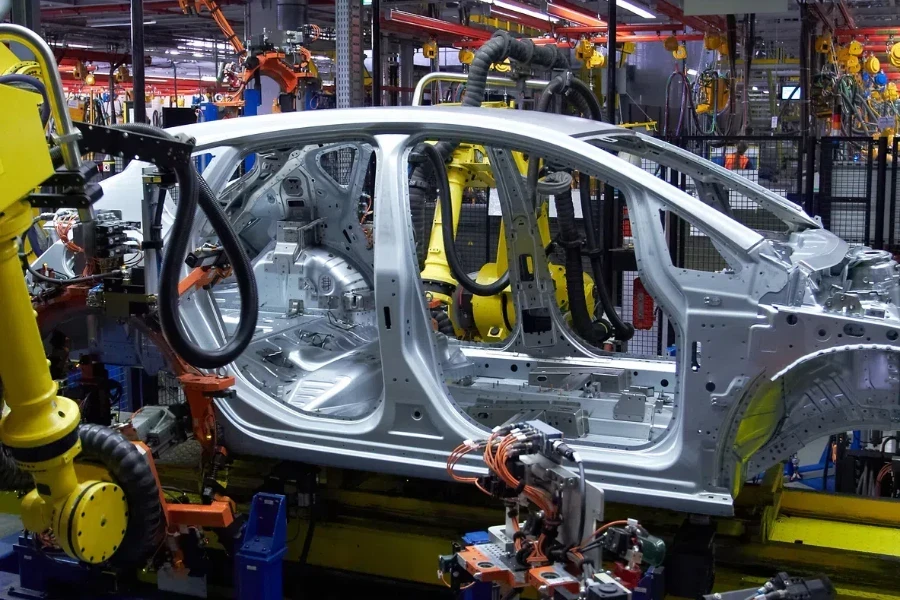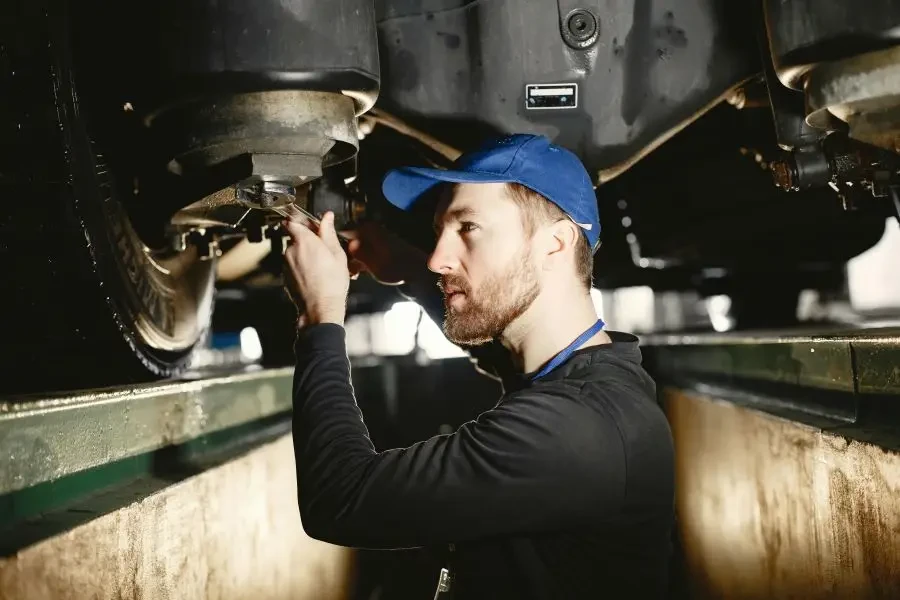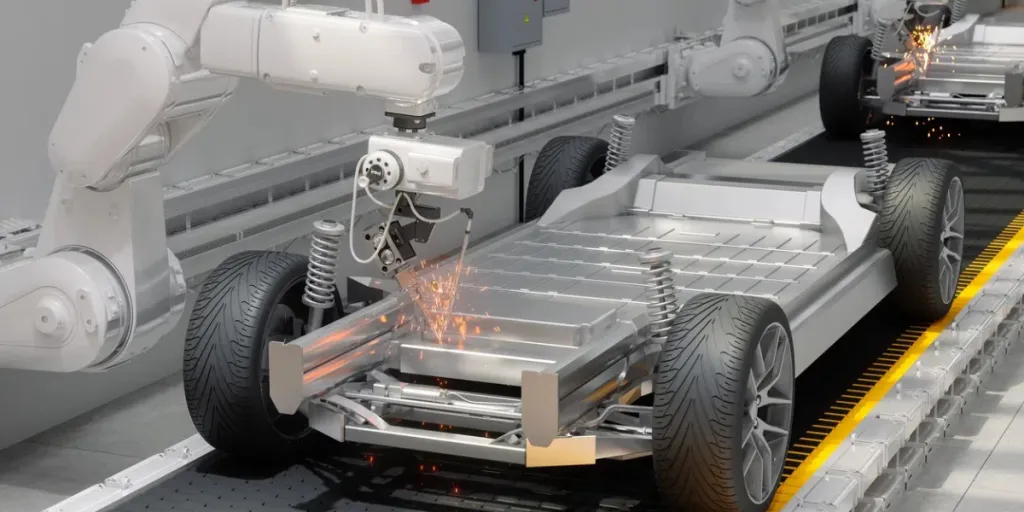Cars are the most popular means of transport. In recent years, car platforms have become a focal point of innovation in the automotive industry, especially with the rise of electric and autonomous vehicles.
This article delves into the critical role that car platforms play in vehicle design, performance, and cost-efficiency, offering professional buyers a deeper understanding of how platform selection can influence their purchasing decisions.
We’ll explore the types of platforms, their impact on vehicle characteristics, and the benefits of platform sharing for businesses looking to optimize production and reduce costs.
Table of Contents
What is a car platform?
Importance of understanding car platforms
Types of car platforms
Impact of car platforms on performance
Car platform sharing
Technological advancement and trends
Conclusion
What is a car platform?

The car platform is the structure on which the car is built. Think of it as the foundation of a house. It is where the manufacturer starts before putting on the other parts. A car platform, like the foundation of a house, affects the design and features of the car. It contains the chassis design, engineering points, and body aesthetics.
The platform is imperative in vehicle design as it determines the distance between front and back axles, the steering systems, engine placement and type, and the types of suspension to use in the car. Today, many cars from different automotive companies use the same platform. Sharing car platforms saves time and costs in the development stage.
Importance of understanding car platforms

Understanding car platforms is essential as it determines many crucial vehicle elements. Customers need to understand car platforms as they affect the many aspects of car ownership and driving experience, including:
- Design and styling: A vehicle’s design and style are influenced by the platform it is built on. The platform will determine the placement of the engine, the distance between the front and rear axles, and other structures in the vehicles. The exterior style may differ for various makes, but the platform will determine the overall design.
- Repair and maintenance: Knowing a vehicle’s platform will make it easier for the owner and mechanic to get the right parts for the car when it needs repairs. Many vehicles with the same platforms can share parts, making repair and maintenance easier for a customer. It also makes it easier to anticipate and handle potential issues before they ground the vehicle.
- Vehicle performance: The platform determines how a vehicle performs on the road. The platform affects weight distribution, suspension, and aerodynamics; this is why vehicles have different performances despite being the same size and design.
- Safety: Vehicles with the same platform often have the same safety rating. Safety features and structural rigidity are essential in a vehicle’s platform, and engineers design platforms to meet and exceed crash safety standards.
Types of car platforms

Modern car platforms allow vehicles of different makes and models to share a platform. They have a single base, while the elements vary. However, some vehicles will have some of the same parts, like the engines, suspension, braking, and steering system, but the settings for the systems will be different.
Car platforms are categorized into several types, each with its own advantages. Some of the car platforms include:
1. Conventional platforms
As the automotive industry evolves, conventional platforms also evolve. For instance, over 30 vehicles were built with the Volkswagen PQ19 and many others on the Lada C platform. However, manufacturers have since abandoned the platforms as they are outdated and cannot handle stiff competition in the market.
2. Badge engineering
Badge engineering involves creating the same car under different brands. Automotive manufacturers use the same platform for multiple car brands, and the only difference will be the branding or exterior styling. The vehicles may look different from the outside, but they have the same performance and features. For instance, the Subaru BRZ and the Toyota GT86 are brothers who only differ in logos.
3. Modular vehicle platform
Modular platforms are a more modern automotive manufacturing approach in which manufacturers create vehicles in different classes and with different configurations based on a unified model. This new trend in the automotive industry has significantly reduced the cost and time used in development and production.
Volkswagen developed the first modular platform, the Modular Transverse Matrix (MQB), and it has produced over 40 cars for different brands, including Skoda and Audi. The MQB has reduced weight and fuel consumption.
With the modular platform, automotive manufacturers can create vehicles with different dimensions, power plants, and characteristics.
Impact of car platforms on performance

The car’s platform influences the on-road performance of a vehicle. Some of the factors the platform affects directly include:
- Chassis design: It is the structural foundation of a car, and it determines how stiff or flexible the car is. The chassis enhances the vehicle’s comfort, cornering ability, and overall durability.
- Weight distribution: The car’s platform determines the weight distribution in the front and rear axles. A car should have optimal weight distribution to balance and handle better in high-performance scenarios.
- Suspension setup: The platform determines how the manufacturer lays out the suspension, affecting the comfortability and stability of the car. Luxury cars have softer suspensions, while high-performance ones have stiffer ones.
- Aerodynamics: The platform influences the vehicle’s efficiency. Lower platforms enhance fuel efficiency and reduce drag, while higher platforms prioritize factors like off-road capabilities like in SUVs.
Car platform sharing
Automotive production is expensive and time-consuming; a lot goes into car preparation, research, and design. However, with car platform sharing, car manufacturers can save time and costs. The other benefits of car platform sharing are:
- Cheaper prices: Manufacturers pass the cost of production to the consumers. Production costs decrease when they share car platforms, lowering car prices.
- Reliability: Shared platforms are tested and proven across multiple models, making them more reliable. With shared car platforms, automotive manufacturers will identify and fix problems faster.
- Familiarity: When you understand how one car platform works, you become familiar with other models with the same platform. Familiarity makes maintenance and troubleshooting much easier.
Technological advancement and trends

The automotive industry has experienced rapid advancements in the way platforms are made. With the rise of electric vehicles, platforms are optimized for battery placement, weight distribution, and electric powertrains. Manufacturers are experimenting with lightweight materials like carbon fibers and aluminum to reduce weight and boost efficiency without affecting the vehicle’s strength.
On the other hand, autonomous vehicles are increasing, and car manufacturers are incorporating sensors, cameras, and advanced computer systems into the car platforms to support self-driving vehicles.
Connectivity and the Internet of Things ( IoT) are another trend in the automotive industry. Manufacturers are creating platforms that integrate with other software, allowing customers to upgrade their vehicles with new features without changing the hardware.
Conclusion
Car platforms are to vehicles what foundations are to houses. They are the structural backbone of the car and determine its stability, safety, performance, and design. With advancements in modular platforms and technology, car manufacturers can reduce costs and improve efficiency, shaping the future of both traditional and electric vehicles.




